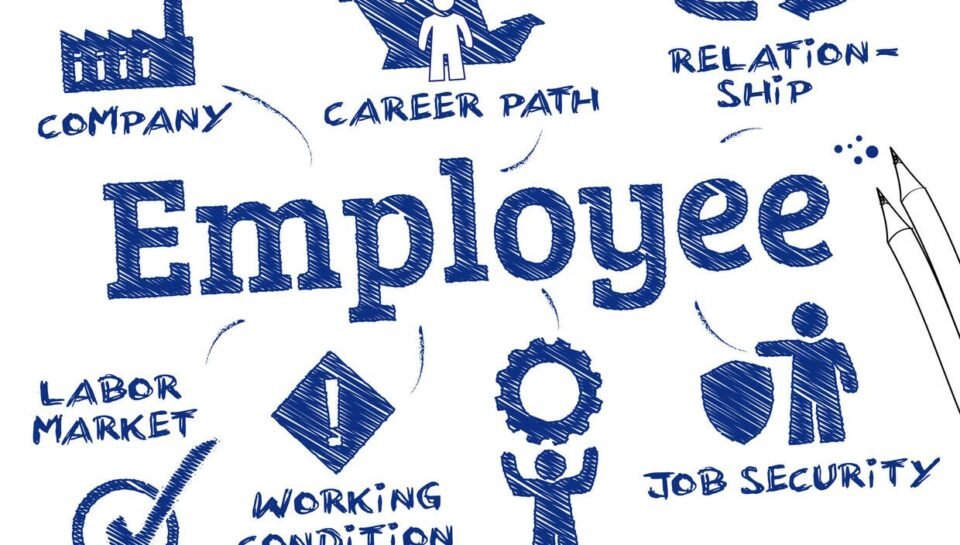What Is Employee Turnover Cost & How To Retain Employees

Employee turnover is a pressing issue businesses across all industries face, especially regarding your organization’s finances. Many studies have concluded that a high employee turnover cost can severely impact an organization’s profitability and reputation. A high turnover rate leads to losing valuable employees and can make existing employees demotivated or insecure in their jobs.
If your business is experiencing the effects of high turnover costs, it’s crucial to find out and address the reasons why. Understanding the underlying causes fueling employee turnover and developing strategies to promote employee retention is an excellent place to start.
What Is Employee Turnover and Employee Turnover Cost?
Employee turnover occurs when an employee leaves your organization and is replaced by a new employee. This includes employees who leave voluntarily (such as quitting for new job offers, becoming a stay-at-home parent, or entering retirement) and involuntarily (such as termination or layoffs).
Employee turnover rates are a key metric determining workforce effectiveness and satisfaction. You can measure your business’ employee turnover rate by accounting for the number of employees who leave your organization within a certain period. High turnover rates can signify an issue with employee satisfaction and your business work environment.
When an employee leaves, plenty of costs go into replacing them with a new employee. Employee turnover cost refers to the financial resources your organization spends to get the replacement employee ready to take over the tasks of the old one.
What Costs Go Into Employee Turnover Cost?
We can generally categorize the various turnover costs into three types:
- Separation costs include the expenses and resources used to conduct exit interviews and provide severance pay and other payouts to the employee leaving the company.
- Replacement costs are generally the hiring and training costs of finding a replacement. This includes advertising your job openings, conducting interviews and background checks, and onboarding tasks such as orientation and training.
- Productivity loss covers the non-monetary resources used to replace an employee. For instance, if it takes several months to replace an employee, other employees will need to shoulder their tasks until a replacement is found. This can affect employee productivity and morale.
On top of the financial costs, such as those for recruitment, onboarding, and training, your business should also consider productivity, engagement, and morale. Additionally, the disruption of turnover could affect customer service, which could result in a loss of business.
Reasons for High Employee Turnover
There are many reasons why employees leave the workplace. However, a high employee turnover rate signifies something is driving employees away from your organization. While the reasons can vary, some of the most common reasons include:
- Poor Compensation Packages: A competitive salary and benefits package can motivate employees to stay. If your salary range for a position is lower than other companies, employees may search for better opportunities elsewhere.
- Limited Growth and Development: Many employees aren’t satisfied with staying in the same position forever. If your organization doesn’t offer regular training, skill development, or promotions to fill vacant positions, employees interested in career growth will look elsewhere for career opportunities.
- Ineffective Management: There’s a famous saying that employees quit bosses, not jobs, which can be true in cases of high turnover. Unsupportive management can result in a hostile working environment that drives employees to leave.
- No Work-Life Balance: A demanding work environment that leaves little to no time for employees to have a personal life can easily lead to burnout. Employees may be driven to seek workplaces with better work-life balance.
- Unmanaged Job Expectations: Employees may feel unsuited or unprepared in their roles if they aren’t adequately oriented or their tasks don’t match their job description. They may opt to find other jobs that match their skills and expectations.
- Toxic Workplace Culture: A hostile workplace can distract employees or hinder their ability to perform. This can lead to high turnover as they look for better working environments.
Ways To Improve Employee Retention
Focusing on employee retention can help reduce your turnover rate and mitigate the effects of high employee turnover costs. When done correctly, these strategies can improve employee retention:
- Competitive Compensation and Benefits: Research the average market salary of a position and consider at least matching the average salary. Closely evaluate your benefits packages. On top of the government-mandated benefits, most organizations today offer additional bonuses, benefits, or retirement plans.
- Provide Growth and Development Opportunities: Employees can appreciate access to skills growth and career development. Providing regular upskilling and training programs, including access to online resources, can improve productivity, management, and other essential workplace skills. Additionally, providing career paths and inward mobility can encourage employees to seek career advancement opportunities internally.
- Open Communication Channels: Providing employees with an avenue to communicate can boost trust and loyalty in the workplace. This allows employees to feel heard and understood by upper management.
- Work-Life Balance Policies: This can include improving your time off policies, encouraging employees to leave their work in the office, and providing resources for mental and emotional well-being.
- Fostering a Positive Work Environment: When hiring employees, consider whether their working style, communication, and teamwork skills can blend into a positive work environment. Recognizing hard workers and encouraging employees to communicate their questions and concerns to the right people.
- Improve Onboarding: Poor onboarding processes can cause new hires to leave as early as six months into the role. Set up your new employees for success by acclimating them to the company, the team, and responsibilities.
Partner With HPWP To Create a Positive Work Environment
Employee turnover cost has a significant impact on an organization’s success. Thus, it should be a priority for organizations to reduce turnover and improve employee satisfaction. By understanding the costs and reasons for turnover, companies can better manage turnover, enhance overall productivity, and set themselves up for long-term success.
At HPWP, we understand the best strategies to create a positive, high-performance workplace. We can assist your business with personalized hiring and employee retention training solutions. Get in touch with us today to find out how we can boost your employee retention.










